10 Longest Reigning Monarchs In The World
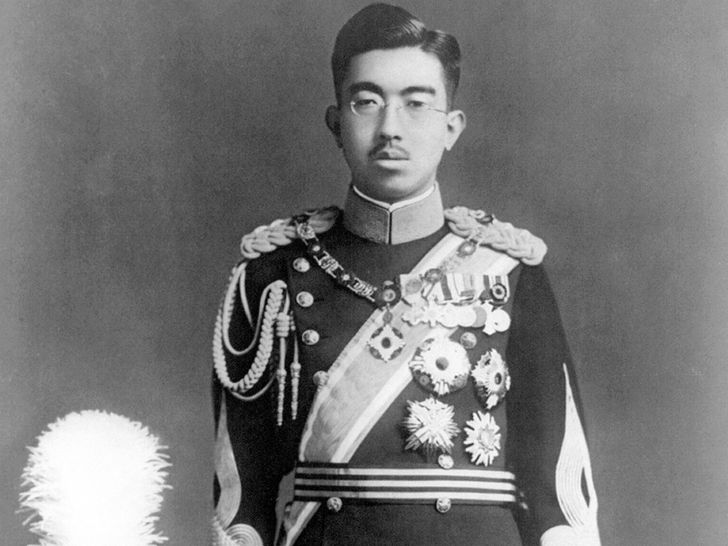
No matter what, owning the throne is an immense privilege, but these monarchs held their titles longer than anybody else in history. From historical royals in France, the Netherlands, and Japan to the present reigning Queen Elizabeth II of England, here are 10 royals who have held their place in influence for the longest time.
Posted On February 15th, 2021
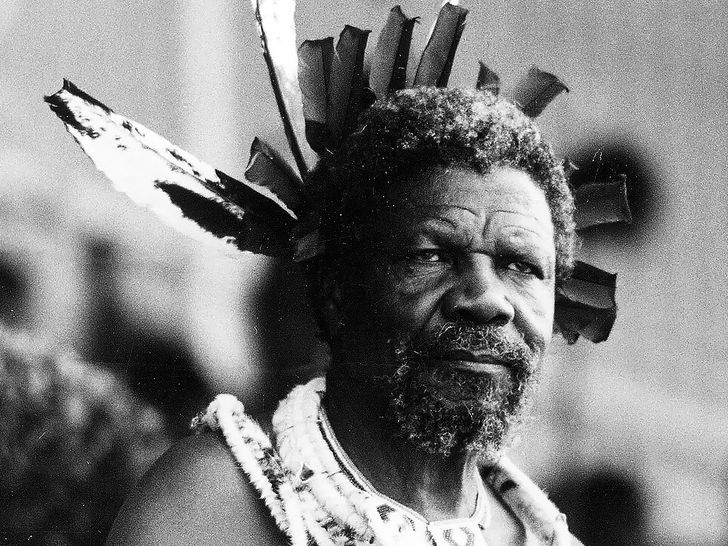
Sobhuza II (Swaziland)
The Paramount Chief and later Ngwenyama of Swaziland for 82 years and 254 days, Sobhuza II, KBE (Swazi; also known as Nkhotfotjeni, Mona; 22 July 1899-21 August 1982), was the longest verifiable reign of any king in documented history. Sobhuza, son of Inkhosikati Lomawa Ndwandwe and King Ngwane V, was born at Zombodze Royal Residence on 22 July 1899. His father died suddenly when he was just four months old while dancing Inkwell. Soon after that, Sobhuza was elected ruler, and his grandmother Labotsibeni and his uncle Prince Malunge led the nation of Swazi until his maturity in 1921.
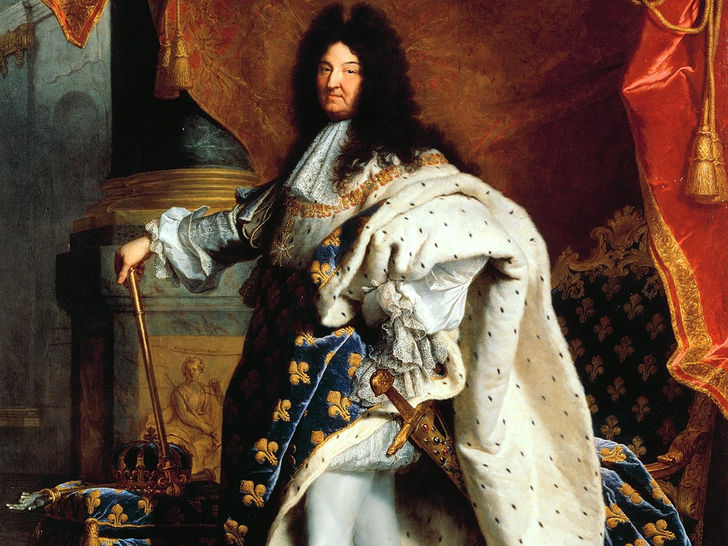
Louis XIV (France)
At the age of four, France's Louis XIV, also known as Louis the Great or the Sun King, began his rule. He is remembered for creating Versailles and his contributions to art and literature since his 72 years on the throne, the most of any known European sovereign.

Bhumibol Adulyadej (Thailand)
Before his death in 2016, Thailand's longest-serving king was deeply respected by his people. He most famously helped steer his country through turmoil, among his many successes as a prince.
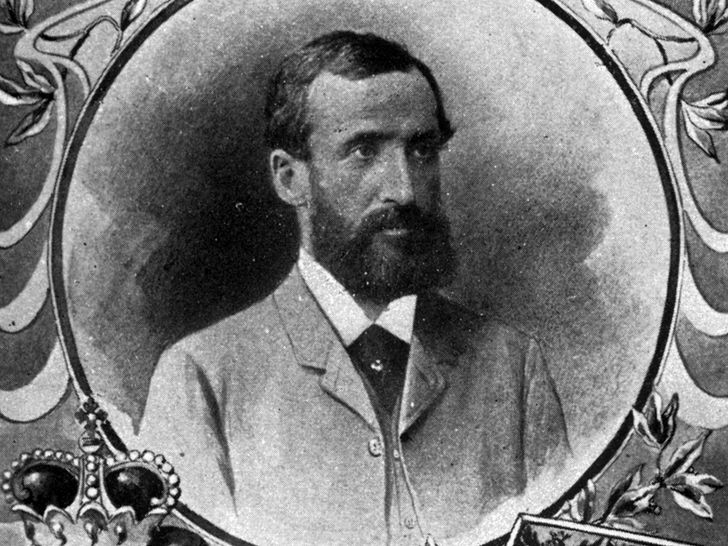
Johann II (Liechtenstein)
Prince Johann II of Liechtenstein was responsible for issuing the first constitution of Liechtenstein and was a patron of the arts, with the second-longest European reign since Louis XIV.
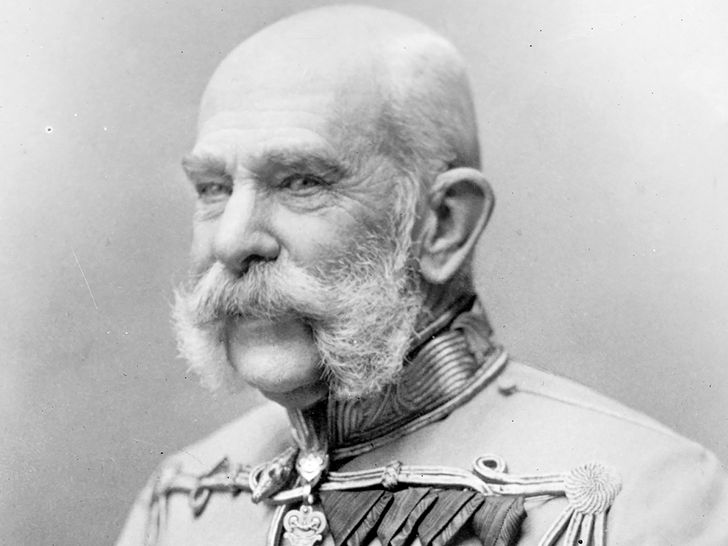
Franz Joseph I (Austrian Empire)
Many places of authority were filled by Franz Joseph I, including the Emperor of Austria, the King of Hungary, and the President of the German Confederation. In addition, he played a significant role in creating the kingdom of Austria-Hungary.

Elizabeth II (United Kingdom)
In 1952 (and was formally crowned in 1953), Queen Elizabeth II became Queen of the United Kingdom and Northern Ireland. She's the longest-reigning monarch in British history with 66 years (and counting) of serving as Queen. At 92 years old, as part of her royal duties, QEII continues to carry out royal engagements and journeys.
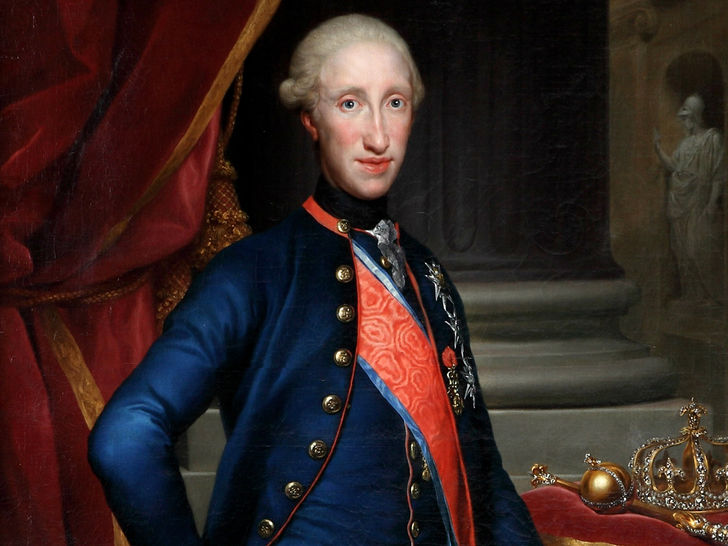
Ferdinand I (Sicily)
Since his return following victory in the Napoleonic Wars, Ferdinand I (12 January 1751-4 January 1825), was the King of the Two Sicilies from 1816. Before that, he was Ferdinand IV of the Kingdom of Naples and Ferdinand III of the Kingdom of Sicily from 1759 onwards. He was the King of Gozo as well. He was deposed from the throne of Naples twice: once for six months in 1799 by the revolutionary Parthenopean Republic and again in 1805 by Napoleon.
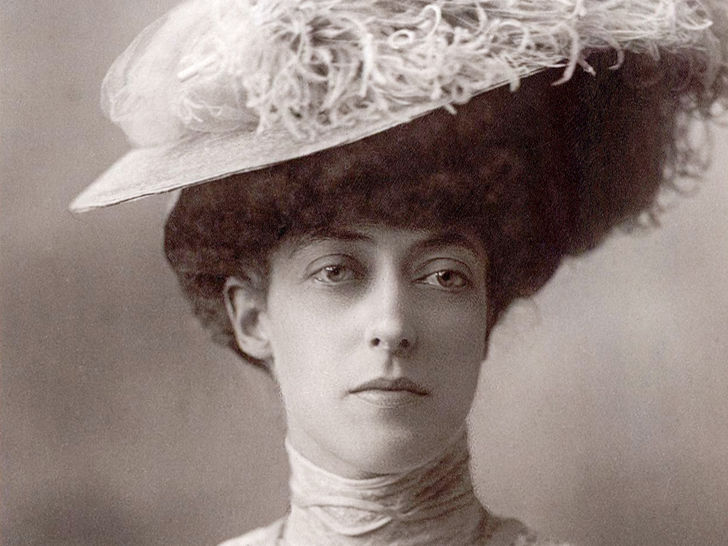
Victoria I (United Kingdom)
The namesake of the "Victorian age," which was marked by developments in science and technology, is Queen Victoria of the UK. With her husband, Prince Albert, she had nine children, who today continue the line of heirs.

James I (Aragon)
From 1213 to 1276, James I the Conqueror was King of Aragon, Count of Barcelona, and Lord of Montpellier; from 1231 to 1276, King of Mallorca; and from 1238 to 1276, Valencia.

Hirohito (Japan)
Hirohito was the longest-reigning king in the history of Japan. His rule was called ShÅwa, which means "Bright Prosperity." He is perhaps most notable, allying with Nazi Germany, for his significant involvement in World War II.

